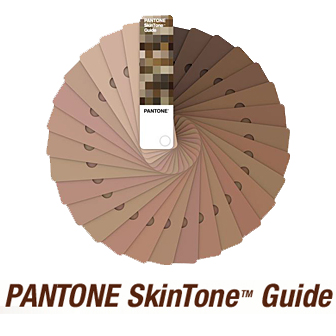I and a camera operator are wondering whether to order some gels for lights or not. The thing is I want to keep the skin tones consistent or at least consistent enough to look good for the movie. Daylight has a nice skin tone. Tungsten and fluorescent are not bad.
I was thinking I could do this either too ways. Shoot under daylight for the daylight scenes obviously. And shoot with halogen lights for the tungsten scenes, such as a house. And shoot with fluorescents for scenes where I want a fluorescent, such as on office. The actors skin will be different colored in each.
Or I can have the actor's skin be daylight balanced in each scene. Just set it to daylight for the tungsten scenes, and gel the halogen lights to look tungsten in the house scenes, and gel the same halogen to look like flourescents for the office scenes.
So the question is should I shoot under the same best looking skin tone temperature for the whole movie, and gel all the lights to be different colors? Or should I use different colored lights throughout under different color temperatures in camera?
I was thinking I could do this either too ways. Shoot under daylight for the daylight scenes obviously. And shoot with halogen lights for the tungsten scenes, such as a house. And shoot with fluorescents for scenes where I want a fluorescent, such as on office. The actors skin will be different colored in each.
Or I can have the actor's skin be daylight balanced in each scene. Just set it to daylight for the tungsten scenes, and gel the halogen lights to look tungsten in the house scenes, and gel the same halogen to look like flourescents for the office scenes.
So the question is should I shoot under the same best looking skin tone temperature for the whole movie, and gel all the lights to be different colors? Or should I use different colored lights throughout under different color temperatures in camera?
Last edited:




